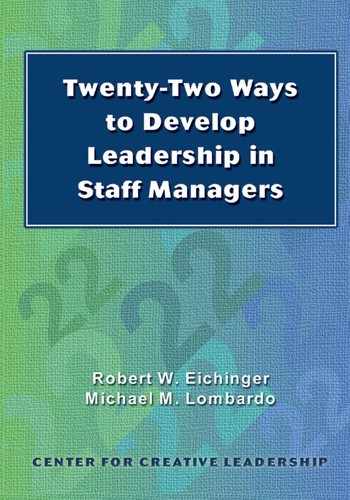1As we define it, in general you are in the line if you make, sell, move, or market the products and services of the organization to outside customers; you have the direct authority to make final decisions; and you have a direct way to measure how you are doing with some form of revenue and costs. The most usual line functions are sales, manufacturing, distribution, operations, transportation, general management, and sometimes marketing and customer service, if they are responsible for a direct income stream and profit and loss. You are in staff if you count, track, design, write about, minister to, litigate over, strategize about, test, publicize, train for, promote, package, plan for, survey about, or in any other way service those line units which make, sell, move, or market the products and services of the organization. Staff units generally do not directly interact with the outside customers in exchange for revenue and they do not have the revenue portion of the financial equation to track and measure their performance. They also have to generally use indirect influence to get things done; they do not have direct authority over any decision which affects the line. Staff units generally only have budgets against which to track performance. Typical staff units are finance and accounting, human resources, public relations and corporate affairs, legal, research and development, MIS, engineering, purchasing, office services, travel, and sometimes marketing. There are also staff units within line units, such as sales promotion within sales and market research within marketing.
2For a more complete discussion of the types of assignments (and lessons) that executives require in order to be successful, see McCall, Lombardo, and Morrison (1988).
3It should be noted that the organization in this study relied far more on job assignments for development than other organizations studied by CCL. If one looks at the data for six corporations, including this one, start-ups, fix-its, and leaps in scope and scale accounted for 33% of total events—meaning that staff managers in this one company in a sense had it better than many line managers elsewhere.
4This development value checklist is taken from the program, “Tools for Developing Successful Executives,” designed by the authors and offered at CCL in Greensboro, North Carolina. It was developed from CCL research on executive learning. Executives were asked to explain why any event they reported as developmental was valuable as a source of learning the key lessons of leadership. The checklist is a summary of their answers, presented according to frequency, beginning with the one mentioned most often.
5See, for example, Howard and Bray (1988) for a complete discussion of work values, which also vary with age. Young people are quite concerned with advancement, but this declines precipitously by middle age, while achievement, motivation, and need for autonomy increase.
6For a more complete discussion of using off-the-job assignments to enrich leadership development, see Lombardo and Eichinger (1989).
